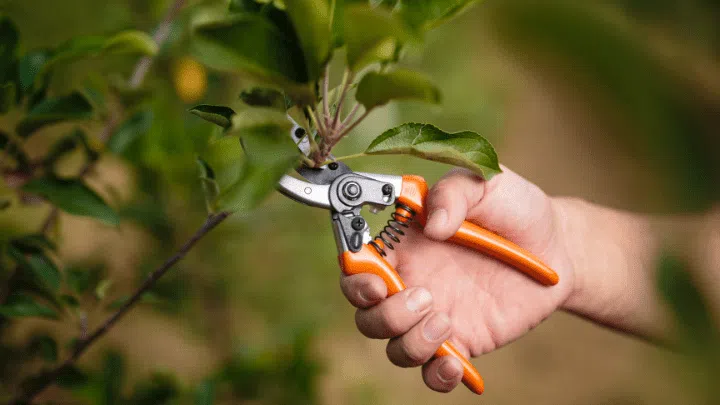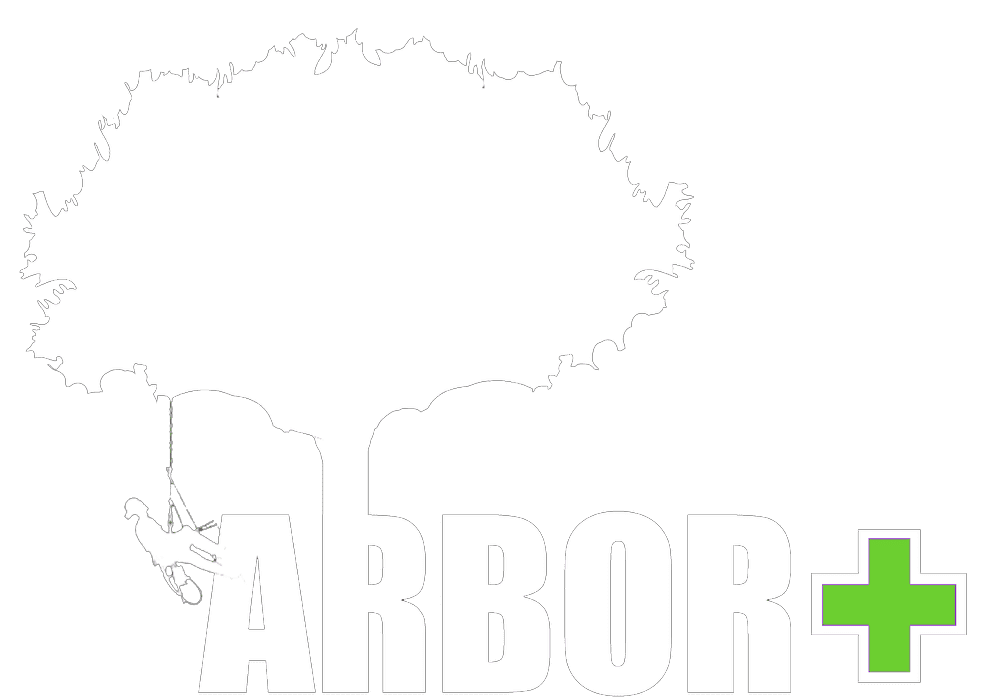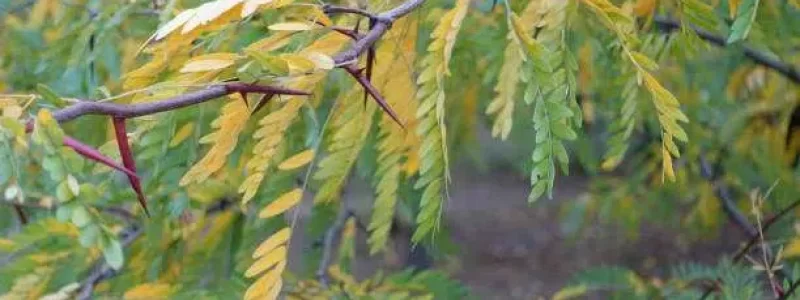Spring is here, the season when trees start to come back to life following their long winter rest. Now it’s time to start thinking about pruning your trees in Utah. As the weather warms up, you can take the opportunity to tree pruning and get your trees ready for the growing season.
Pruning is one of the most important parts of tree care. It helps maintain the health and beauty of your trees. Pruning trees is not only about removing dead or diseased branches but also about shaping your trees and encouraging healthy growth.
There are a few things you should keep in mind when pruning trees. The first is to consider the type of tree you have. Different types of trees have different pruning needs, so it’s important to research the specific needs of your tree before pruning. For example, our state tree the Blue Spruce doesn’t necessarily need pruning but may be pruned to promote denser foliage.

In Utah, the best time to prune most trees is in early spring before the leaves start to grow. This is because pruning stimulates growth, and you want to give your tree the best chance to heal before the growing season starts. If you prune too late in the season, you risk cutting off the buds that will produce new growth, which can weaken your tree. Pruning trees also help prevent disease and pest infestations.
Follow these steps to get started on spring tree pruning:
Start by removing any dead, damaged, or diseased branches. These branches can be identified by their lack of leaves or their brittle appearance.
Next, remove any branches that are crossing over each other or rubbing against each other. This can cause damage to the bark and can create entry points for pests and diseases.
Remove any branches that are growing straight up or straight down. These can interfere with the tree’s overall shape and structure.
Shape the tree to your preference by pruning back any branches that are growing too long or too far out of place.
And keep these important tips in mind when pruning:
Consider the size of the tree. If the tree is large, you may need to use a ladder or a pole saw to reach the higher branches. Safety should always be the top priority when pruning trees, so be sure to use appropriate safety gear and follow all recommended safety precautions.
Think about the overall shape of the tree and its anatomy. Trees have a natural shape, and pruning should enhance that shape. This may require some skill and experience. Look for the central leader, which is the main trunk of the tree, and the scaffold branches, which are the larger branches that grow from the trunk. Prune away any branches that cross or rub against each other, as these can damage the tree and create entry points for disease. Seek help from a professional tree care service if you have any doubts.
Consider the tree’s age. Young trees may require more frequent pruning to shape them and establish their structure. As trees mature, they may require less pruning, but regular maintenance pruning is still important to keep them healthy and safe. Older trees may require pruning to remove deadwood or hazardous branches. A tree’s first trimming should take place within the first two to five years. Afterward, most types of trees benefit from trimming every three to five years.
Be mindful of the timing of your pruning. In addition to spring pruning, some trees may also benefit from a second light pruning in the fall. However, it’s important to avoid pruning during the hottest parts of the summer or during times when the tree is under stress such as during a drought.
Don’t over-prune. While pruning is important, it’s also possible to over-prune a tree. This can weaken the tree and make it more vulnerable to pests and diseases. A good rule of thumb is to never remove more than 25% of a tree’s foliage in a single year.
Always use sharp, clean tools when pruning your trees, as dull or dirty tools can cause damage to the tree and can also spread disease. Using the right tools for the job is essential for safe and effective pruning. For small branches, use hand pruners or loppers. For larger branches, use a pruning saw. Make sure your tools are sharp, as dull tools can create ragged cuts that take longer to heal. Before you start, sanitize your tools with rubbing alcohol or a bleach solution to prevent the spread of disease.
One of the most common mistakes homeowners make when pruning trees is over-pruning. This can weaken the tree, make it more susceptible to disease, and create an unattractive appearance. When pruning, aim to remove no more than 25% of the tree’s canopy in a single year. If you’re not sure how much to prune, err on the side of caution and prune less.
Know when to call in the professionals. If you’re dealing with a large, complex, or hazardous tree, it’s always best to seek the help of a professional tree care service. If your tree is near power lines or overhanging a building, or if you need to climb a ladder to reach the branches, it’s best to call a professional tree service. We have the tools, training, and experience to safely prune your tree and prevent damage to your property.
Pruning is an important part of tree care. By taking the time to properly prune your trees in the spring, you can help to maintain the health and beauty of your trees, keep them structurally sound, promote new growth for the coming seasons, and enjoy their beauty for many years to come. By understanding the timing and techniques of pruning, using the right tools, and knowing when to call the certified tree professionals at ArborPlus, you can help your trees thrive and enjoy their beauty for generations.
Tags:
Professional Tree Pruning, Spring Tree Care, Tree Maintenance, Tree Pruning, Tree Pruning Benefits

